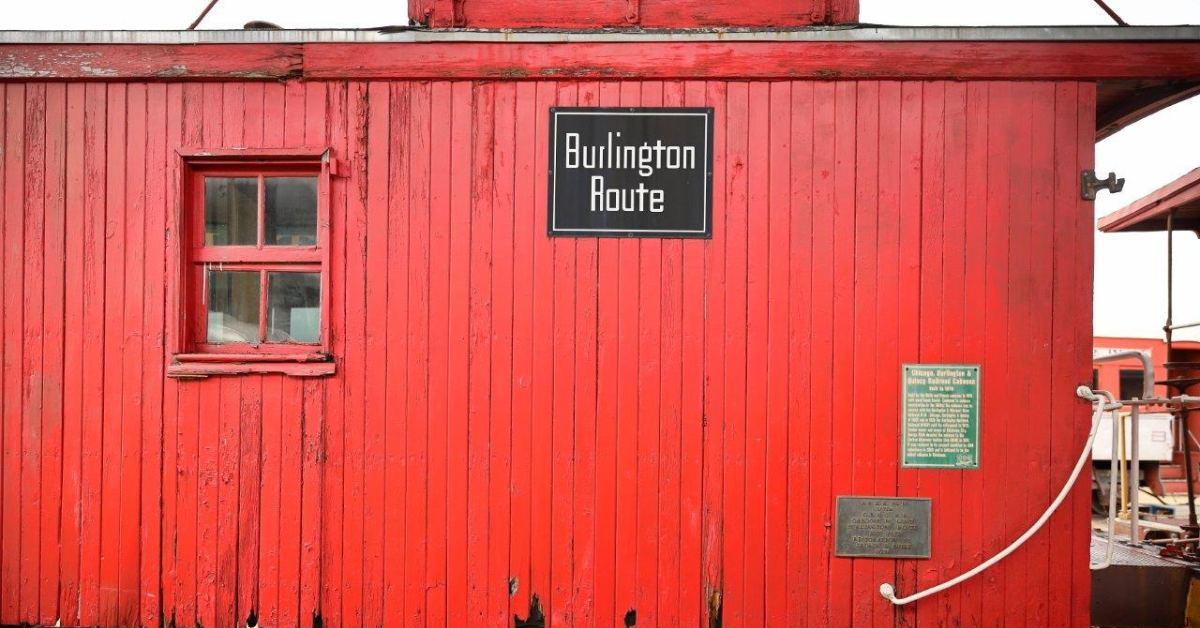
By Pablo Angulo-Gonzalez
THE MUSEUM’S BEGINNING
Lovers of history, specifically the “iron horse” history, have a special place to visit in Oklahoma City’s Adventure District. The Oklahoma Railway Museum was established in 2000 after a group of railroad enthusiasts came together and opened a space to share their passion. The group has been collecting and preserving railway artifacts for decades.
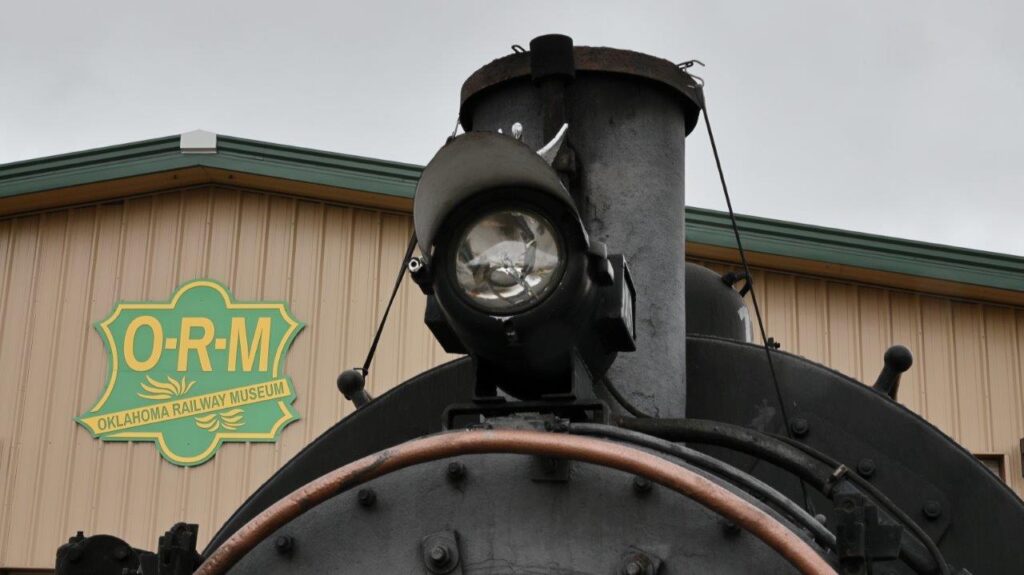
TRAIN RAILWAY LOVERS UNITE
The effort began with the Central Oklahoma Railfan Club, created in the 1960s. Train lovers and railway fans from all over the state shared memories and artifacts.
Eventually, club members decided it was time to find one place to keep and preserve their freight cars, passenger cars, cabooses, engines, and many more train-related artifacts collected through time.
In the late 1990s, the Central Oklahoma Railfan Club purchased a plot South of 36th Street next to Grand Boulevard and acquired a segment of what used to be the Missouri-Kansas-Texas (MKT) Railway. Only bits and pieces of the MKT in Oklahoma are left, and the museum owns a segment.
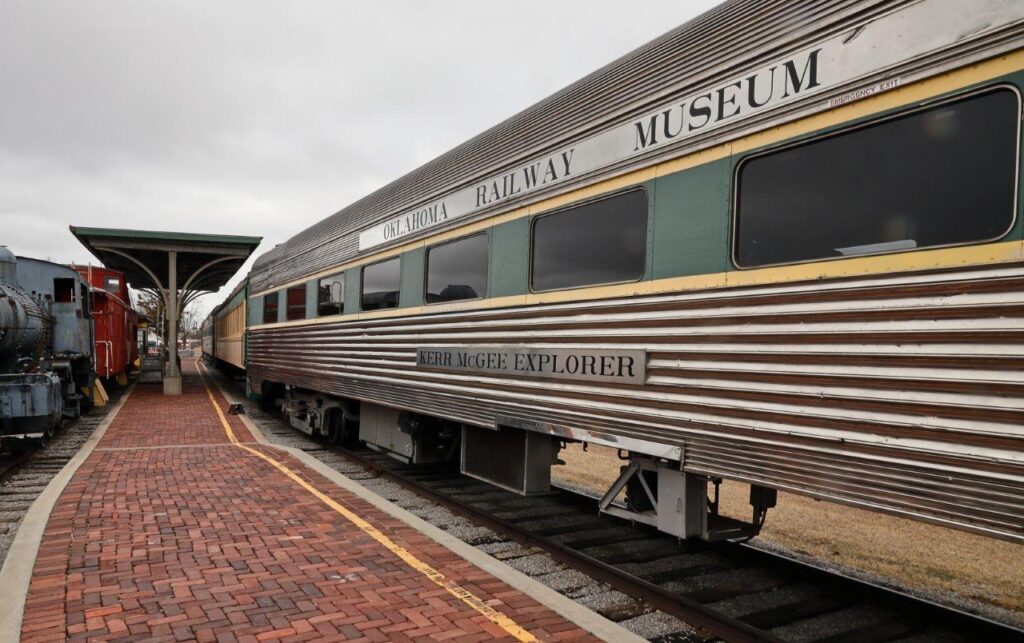
RAILWAY EDUCATION = RAILWAY FUN
Locals, tourists, club members, and anyone interested in trains and their connection to Oklahoma can have an educational and fun time at the Oklahoma Railway Museum.
“Our whole mission is to provide an educational experience of how railroads built Oklahoma and the Nation,” said Anne Chilton, museum manager. Chilton has been running the museum since 2008 and gets help from volunteers. Her father was one of the founding members of the fan club and shared his train passion with his daughter.
The museum opens multiple days a week and prepares for summer train rides and special events.
Summer train rides – twice per month starting in April -steam train rides, Halloween rides, and more are also available. Additionally, people can hop on other train-related experiences like being “at the throttle.”
https://oklahomarailwaymuseum.org
For those looking to host a private event, the museum also takes reservations for birthday parties and other special occasions.
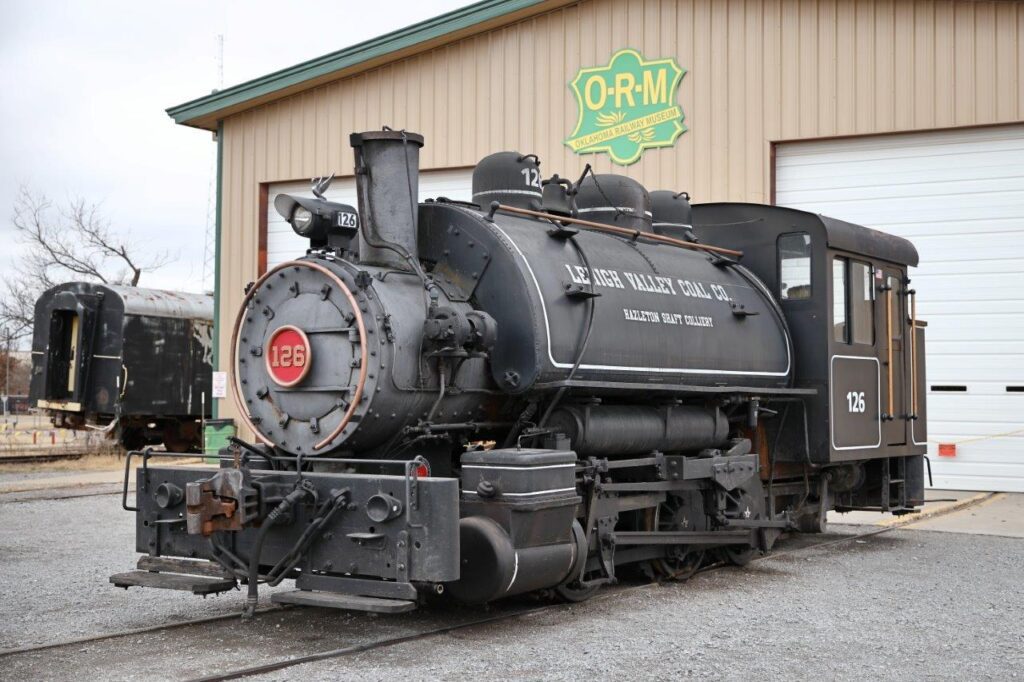
DEEP ROOTS IN THE OKLAHOMA RAILWAY
Oklahoma’s history has a connection to trains and the development of the national railway system. Before statehood, Oklahoma was caught between a developing national railway system.
Although railway use was present in the first half of the 19th century, it was during the latter half of the century that the United States railway system developed into one of the country’s primary modes of transportation.
During this time of national industrialization, the U.S. economy flourished as millions of pounds of steel were being tracked down in the shape of train rails. The efficient movement of people and goods helped local economies throughout the United States.
Some cities, like Oklahoma City, were established as train depots and became larger communities as merchandise and labor traveled around the country faster and at higher volumes. In fact, the original name of Oklahoma City was Oklahoma Station, referring to its existence mainly as a simple railroad station on the open prairie.

CONSTRUCTION OF THE “KATY”
During the construction of the various railroads, immigrants to the United States and other people from diverse backgrounds and places (including both in and out of state and even outside of the U.S.) ballasted and tracked metal in the land currently known as Oklahoma.
The main goal was to connect railways between Kansas, Texas, and all the neighboring states around what was then known as Indian Territory.
During this time, the Missouri-Kansas-Texas Railway (MKT) was built. It became the first railway to enter Texas from the North. Following these events, the railway became known as K-T (Kansas-Texas) and was nicknamed the “Katy.”
The merger eventually made the Katy Railway a part of the Union Pacific Railway. Nowadays, you can catch a steam-engine train running on what used to be the Katy Railway within the Oklahoma Railway Museum.
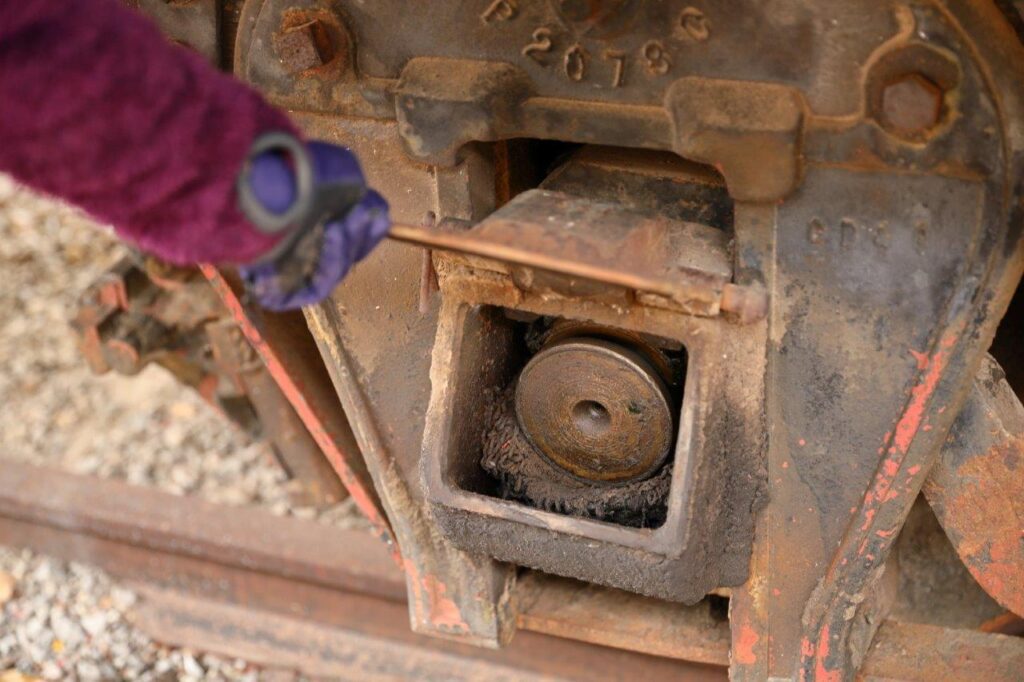
RAILS TO TRAILS: GIVING NEW LIFE TO THE “KATY”
The Katy is the same railway after which one of the main bicycle trails of OKC is named. Bicyclists can hop on the Katy bike trail to loop around parts of the northeast metro area, and for those who fancy a trip down Memory Lane – or, in this case, Memory Line – the Oklahoma Railway Museum is an easy stop along the way.
[COVER PHOTO: Burlington Route caboose, ORM’s oldest piece of equipment (1878), which once ran on the Chicago, Burlington and Quincy Railroad – photo by Pablo Angulo-Gonzalez]
